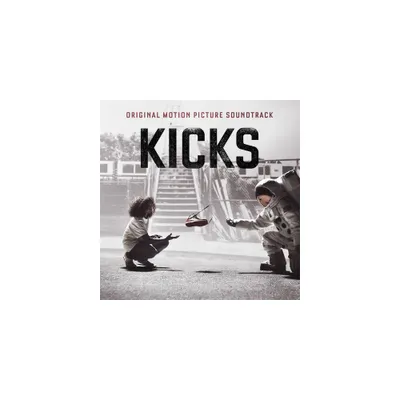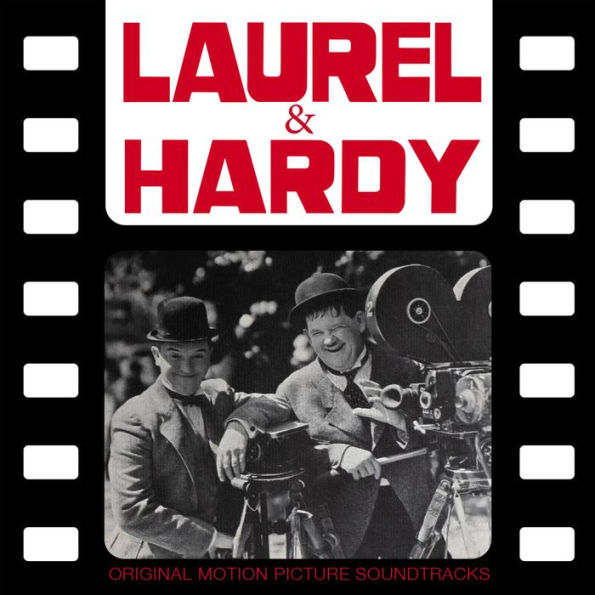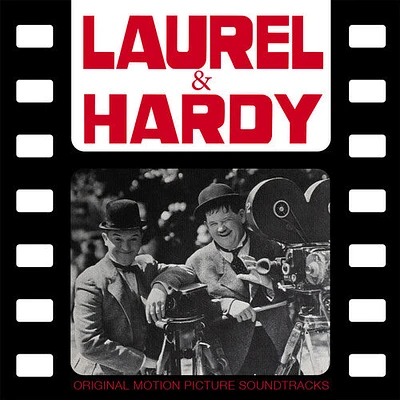Home
Hereditary [Original Motion Picture Soundtrack]
Loading Inventory...
Barnes and Noble
Hereditary [Original Motion Picture Soundtrack]
Current price: $34.99
![Hereditary [Original Motion Picture Soundtrack]](https://prodimage.images-bn.com/pimages/0196588147418_p0_v2_s600x595.jpg)
![Hereditary [Original Motion Picture Soundtrack]](https://prodimage.images-bn.com/pimages/0196588147418_p0_v2_s600x595.jpg)
Barnes and Noble
Hereditary [Original Motion Picture Soundtrack]
Current price: $34.99
Loading Inventory...
Size: OS
*Product Information may vary - to confirm product availability, pricing, and additional information please contact Barnes and Noble
Since 2007,
Colin Stetson
has scored no less than a dozen films ranging from shorts and documentaries to mainstream and foreign dramas. He's contributed music to a dozen more. That said, director
Ari Aster
's debut feature
Hereditary
marks the first time he's composed and performed a score for a horror film.
Stetson
's music has lent itself to cinema in the past for its propulsively rhythmic circular breathing exercises, expansive tonal properties, and atmospheric tension, as well as its dynamics and motion. Usually, his music is inherently physical, lending itself beautifully to moving images.
Aster
wrote the screenplay to
while listening to
's
New History Warfare
albums, and he gave the script readers the final volume's "To See More Light" attached. He didn't want a traditional horror score; he wanted
's music. The musician didn't want to write one, either. Instead, he followed the director's lone instruction: To make it feel evil.
amassed his usual truckload of woodwind and brass instruments (and utilized his electronically altered voice and, in several instances,
Sarah Neufeld
's violin) in others. He strategized new methods for creating original textures and atmospheres, utilizing harmonic abstraction rather than melodic repetition in his cues. His clarinets and bass clarinets are de-pitched; sometimes they sound like wood creaking, other times they are merely distorted and recognizable for what they are. Sounds effects are layered atop or inside drones, and others are stripped away from them; his guttural Tibetan-style throat chants emerge from darkened corners and swirl together with them and his saxophones. In the opening "Funeral," bass clarinet drones, violin, and electronics meet treated brass in an understated yet suffocatingly taut articulation of what's to come. On the long cue "Steve" near set's end, he employs a
Giacinto Scelsi
-esque brass section and
Neufeld
's violin in a brooding conversation pattered with unidentifiable sonics moving from the back to the front of the mix. Silence too is a key motivator for numerous cues as pieces emerge slowly and purposefully out of it, layering in a sense of menace. Skittering sax flutters emerge in the center of the mix only to disappear again from "Charlie," while "Party, Crash" is an ever-so-slowly emerging architecture of rattling percussion, groaning saxes that sound like didgeridoos, and thunderous strings. Some tracks don't fully conclude so much as abruptly end, adding to the dis-ease and resulting in an album that is as compelling to feel as it is to listen to. If there is a companion to the music for
, it's the long out of print -- and ultimately unused -- collection of themes that
Coil
composed for
Clive Barker
Hellraiser
. This score is wonderfully effective in its role as a genuinely creepy, even dreadful collection of music for a horror film. But more than this, it's another compelling example of
's seemingly limitless musical vocabulary. ~ Thom Jurek
Colin Stetson
has scored no less than a dozen films ranging from shorts and documentaries to mainstream and foreign dramas. He's contributed music to a dozen more. That said, director
Ari Aster
's debut feature
Hereditary
marks the first time he's composed and performed a score for a horror film.
Stetson
's music has lent itself to cinema in the past for its propulsively rhythmic circular breathing exercises, expansive tonal properties, and atmospheric tension, as well as its dynamics and motion. Usually, his music is inherently physical, lending itself beautifully to moving images.
Aster
wrote the screenplay to
while listening to
's
New History Warfare
albums, and he gave the script readers the final volume's "To See More Light" attached. He didn't want a traditional horror score; he wanted
's music. The musician didn't want to write one, either. Instead, he followed the director's lone instruction: To make it feel evil.
amassed his usual truckload of woodwind and brass instruments (and utilized his electronically altered voice and, in several instances,
Sarah Neufeld
's violin) in others. He strategized new methods for creating original textures and atmospheres, utilizing harmonic abstraction rather than melodic repetition in his cues. His clarinets and bass clarinets are de-pitched; sometimes they sound like wood creaking, other times they are merely distorted and recognizable for what they are. Sounds effects are layered atop or inside drones, and others are stripped away from them; his guttural Tibetan-style throat chants emerge from darkened corners and swirl together with them and his saxophones. In the opening "Funeral," bass clarinet drones, violin, and electronics meet treated brass in an understated yet suffocatingly taut articulation of what's to come. On the long cue "Steve" near set's end, he employs a
Giacinto Scelsi
-esque brass section and
Neufeld
's violin in a brooding conversation pattered with unidentifiable sonics moving from the back to the front of the mix. Silence too is a key motivator for numerous cues as pieces emerge slowly and purposefully out of it, layering in a sense of menace. Skittering sax flutters emerge in the center of the mix only to disappear again from "Charlie," while "Party, Crash" is an ever-so-slowly emerging architecture of rattling percussion, groaning saxes that sound like didgeridoos, and thunderous strings. Some tracks don't fully conclude so much as abruptly end, adding to the dis-ease and resulting in an album that is as compelling to feel as it is to listen to. If there is a companion to the music for
, it's the long out of print -- and ultimately unused -- collection of themes that
Coil
composed for
Clive Barker
Hellraiser
. This score is wonderfully effective in its role as a genuinely creepy, even dreadful collection of music for a horror film. But more than this, it's another compelling example of
's seemingly limitless musical vocabulary. ~ Thom Jurek



![Challengers [Original Motion Picture Soundtrack]](https://prodimage.images-bn.com/pimages/0198028080514_p0_v2_s600x595.jpg)
![Transfusion [Original Motion Picture Soundtrack]](https://prodimage.images-bn.com/pimages/0734077068228_p0_v1_s600x595.jpg)
![Vertigo [Original Motion Picture Soundtrack]](https://prodimage.images-bn.com/pimages/8719039006489_p0_v1_s600x595.jpg)
![Versus [Original Motion Picture Soundtrack]](https://prodimage.images-bn.com/pimages/0850001545518_p0_v2_s600x595.jpg)
![Eno [Original Motion Picture Soundtrack]](https://prodimage.images-bn.com/pimages/0602455849588_p0_v1_s600x595.jpg)
![Oklahoma! [Original Motion Picture Soundtrack]](https://prodimage.images-bn.com/pimages/0724352735020_p0_v1_s600x595.jpg)
![Gacy [Original Motion Picture Soundtrack]](https://prodimage.images-bn.com/pimages/0738778800927_p0_v1_s600x595.jpg)
![Tlamess [Original Motion Picture Soundtrack]](https://cdn.mall.adeptmind.ai/https%3A%2F%2Fprodimage.images-bn.com%2Fpimages%2F5411867114949_p0_v1_s600x595.jpg_640x.jpg)






